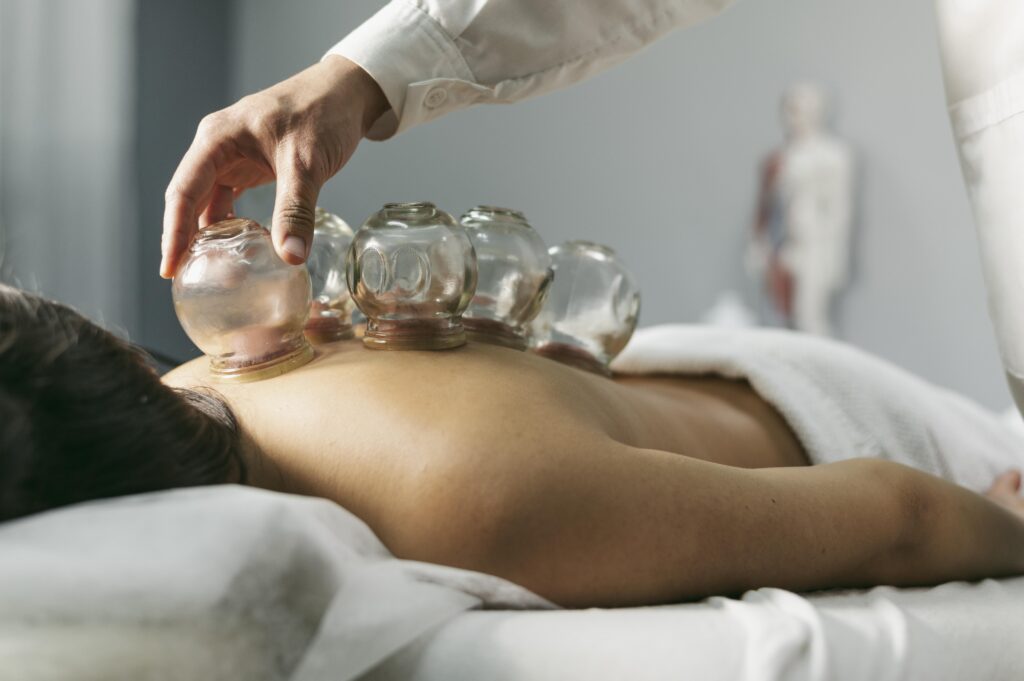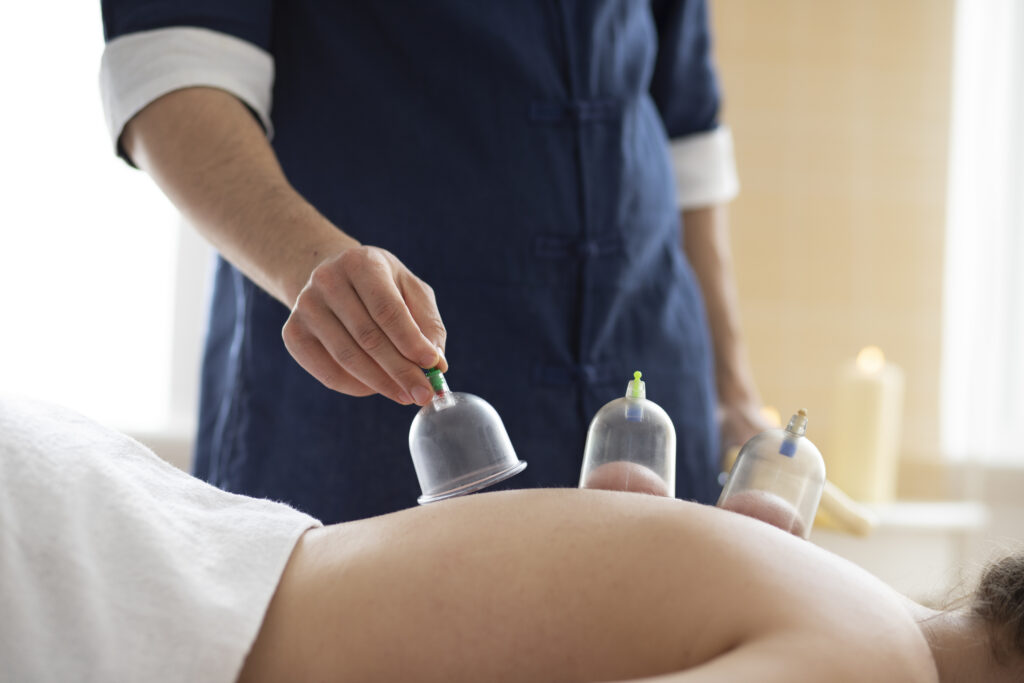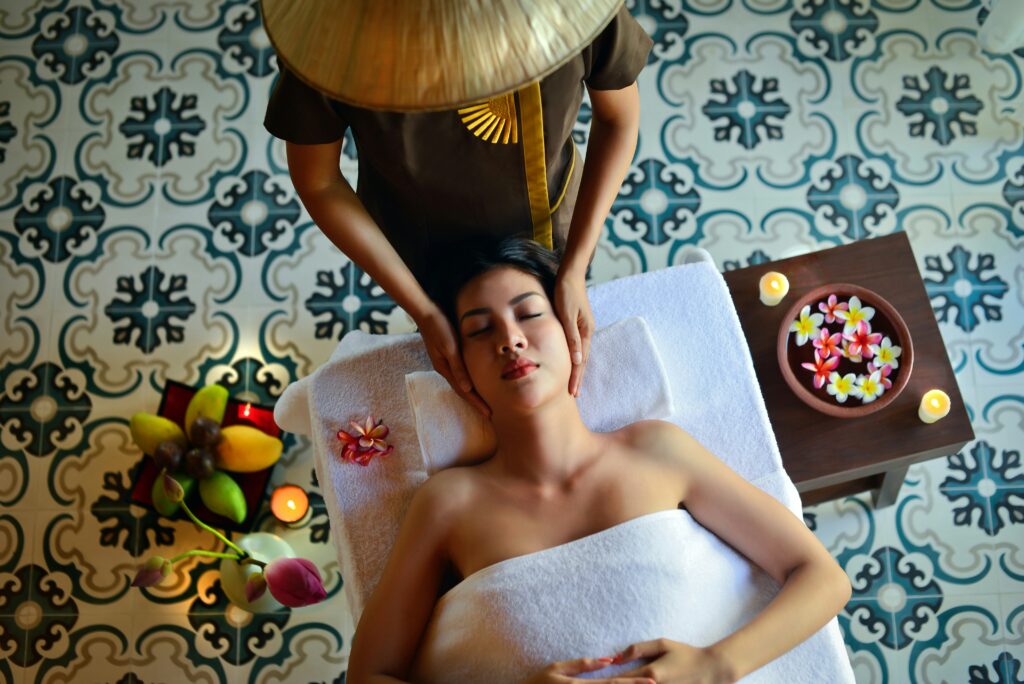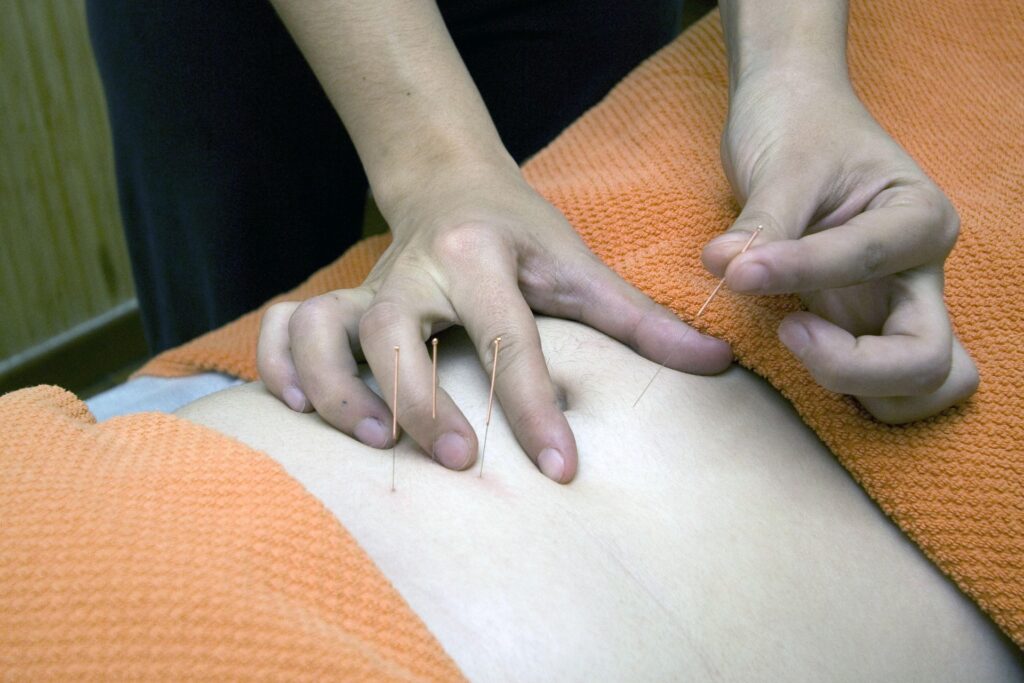Cupping 101: A Beginner’s Guide to This Ancient Wellness Practice in NYC
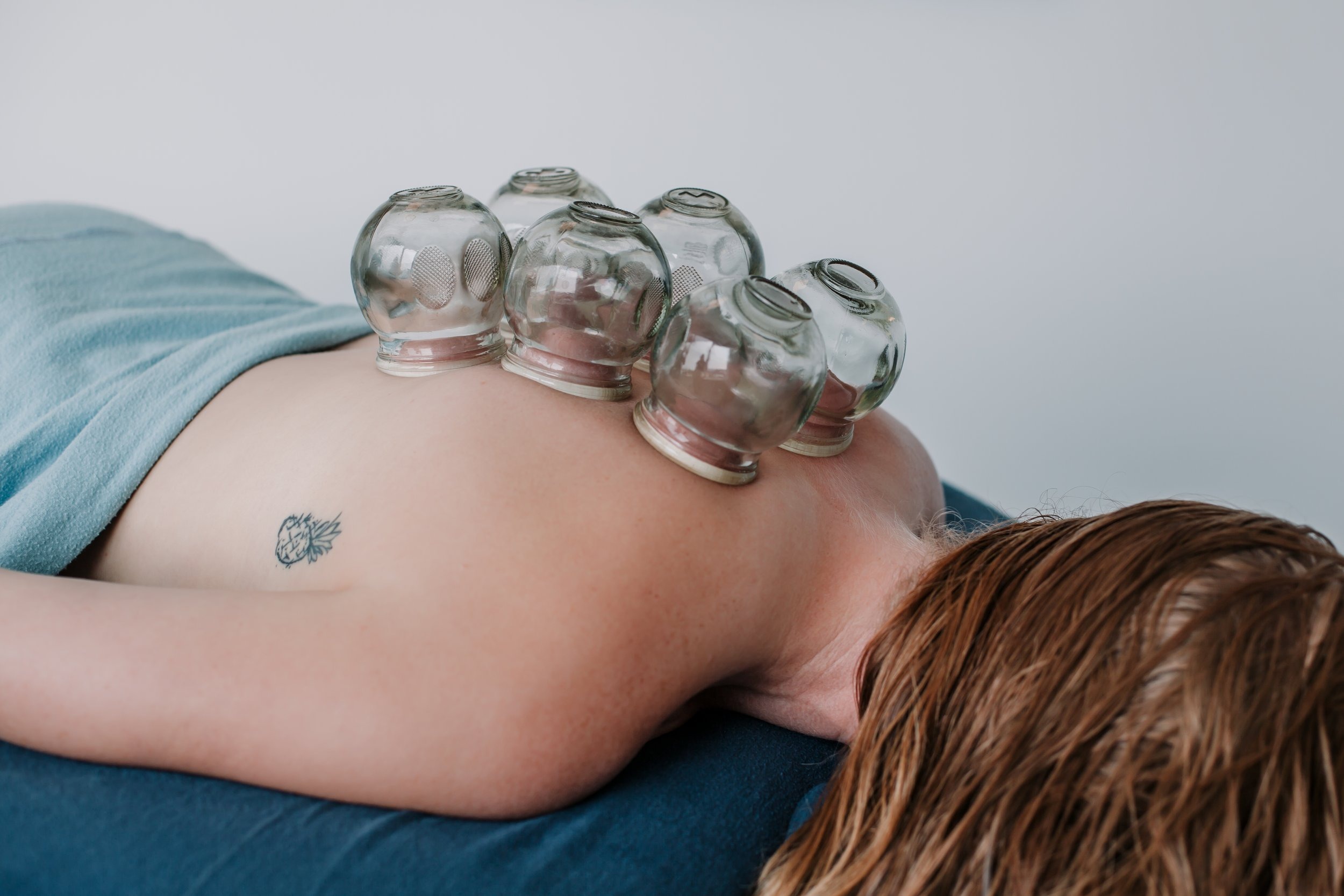
You’ve seen the circular marks on swimmers and celebrities. Maybe your trainer mentioned it after a challenging workout. That’s cupping. It might look unusual, but this technique has been used for thousands of years to support muscle recovery, circulation, and general well-being.
For busy New Yorkers who are constantly on the move, cupping is a practical way to deal with stress, stiffness, and tension without relying on medication or invasive treatments.
What is cupping?
Cupping is a traditional practice rooted in East Asian medicine. It involves placing special cups on the skin to create suction. This suction lifts the skin and tissue slightly away from the muscles beneath. The effect helps draw blood to the area, clear out stagnation, and release muscle tension.
There are different types of cupping. The most common styles include fire cupping, where heat is used to create the vacuum inside the cup, and suction cupping, which uses a hand pump. Both methods aim to improve circulation, loosen tight tissue, and trigger the body’s natural healing response.
Cups are usually made from glass, silicone, or plastic. They’re placed on the back, shoulders, legs, or wherever the body holds tension. Sessions typically last 15 to 30 minutes, depending on what’s being treated.
What to expect during a cupping session
A typical session of cupping NYC starts with a conversation about your symptoms. If you’re dealing with neck stiffness, lower back pain, or general fatigue, the practitioner will choose points that match those areas.
Once the cups are applied, you’ll feel a gentle pulling sensation. It might feel strange at first, but it should not be painful. Some people describe it as deep pressure, while others find it relaxing and meditative.
The cups are left in place for a few minutes or moved around gently in a sliding cupping technique. After the session, you might see round red or purple marks on the skin. These are not bruises. They are signs of increased blood flow and typically fade within a few days.
You won’t need downtime after a cupping session, but staying warm and hydrated is a good idea. This helps your body process the treatment’s effects and continue clearing out any internal stagnation.
Why people try cupping
In a city like New York, the reasons people try cupping are as varied as their schedules. Here are some of the most common:
1. Muscle tension relief
Many people book cupping sessions to deal with tight shoulders, stiff necks, or sore legs. Cupping helps by stretching the fascia and relaxing the muscles underneath. It’s popular with athletes, dancers, and people who work out frequently.
2. Stress reduction
Cupping encourages deep relaxation by activating the parasympathetic nervous system. That’s the part of your body that helps you rest and recover. It can provide much-needed relief for people who feel stuck in fight-or-flight mode.
3. Better circulation
The suction effect of the cups draws blood to the surface. This stimulates circulation and may help the body remove waste and toxins more efficiently. People with cold hands or feet or those who feel sluggish often notice a change in how their body feels after just a few sessions.
4. Immune system support
Some use cupping to prevent illness or recover faster from colds. Increased circulation and lymphatic movement can help the body fight off infections more effectively. While it’s not a replacement for medical treatment, it can support your overall recovery.
5. Faster post-workout recovery
For active New Yorkers, recovery is part of performance. Cupping helps break up lactic acid buildup and reduce soreness, helping you return to your routine without much downtime.
Is cupping safe?
Cupping is generally safe when performed by a trained professional. The most common side effects are temporary marks, mild soreness, or slight dizziness if you stand up too quickly. These effects usually go away within a day or two.
It’s not recommended for people with bleeding disorders, open wounds, or certain skin conditions. If you’re pregnant or have a chronic illness, talk with your healthcare provider before adding cupping to your routine.
The important thing is to find someone licensed and experienced in East Asian medicine. In New York, cupping should be performed by professionals trained in anatomy, pressure systems, and safety measures involved in this practice.
What makes cupping work?
It’s not just about suction. Cupping stimulates the body’s deeper layers in a way that massage often cannot. By lifting instead of compressing the tissue, cupping promotes blood flow and lymphatic drainage while also relaxing the muscles.
Many people report feeling immediate relief in the areas treated. Others find the effects build over a few sessions. Just like any form of care, results depend on your body, your lifestyle, and how often you go.
Some combine cupping with acupuncture for more targeted care. Others use it as part of their monthly self-care routine to stay ahead of stress and tension.
Getting started with cupping in NYC
For New Yorkers who are juggling work, stress, workouts, and everything in between, cupping in NYC provides a low-commitment way to feel better without putting more pressure on their schedule. Sessions are often shorter than a standard massage, and certified clinics near transit hubs have flexible hours.
If you’re someone who carries stress in your shoulders, wakes up sore, or feels worn out by the end of the week, cupping can give your body a chance to reset. You don’t need to wait for pain to show up. You can use cupping as a proactive part of staying well.

